Engagement in the Latinx Community
For too many years, Latinx communities have borne some of the heaviest burdens of gun violence, dying from gun violence every day and at rates disproportionate to their white peers. Systemic inequities across institutions and generations of racial discrimination have exacerbated this crisis to target communities of color, including Latinx communities. Whether it be through hate-motivated violence, city gun violence, police violence, or firearm suicide, Latinx communities remain among the most severely threatened groups.
Why We Use Latinx
Developed by queer and trans Latin American communities in the United States, the term Latinx is a gender-neutral word designed to include gender-fluid, gender-expansive, and/or gender nonbinary people and other queer and trans communities on the gender spectrum.
Often used interchangeably, “Latinx” and “Hispanic” have different meanings: Latinx refers to people of Latin American origin, while Hispanic refers to people of Spanish-speaking origin. Latinx is used here when referring to both Hispanic and Latinx communities, and Hispanic is used otherwise. The term Latinx does not replace Latino or Latina identifying people, but rather to acknowledge all members of this community.
The Impact of Gun Violence on Latinx Communities
4.7k
Each year, more than 4,700 Latinx people die from gun violence in the US.
CDC, WONDER, Underlying Cause of Death, 2018–2021.
Last updated: 7.7.2023
4.7k
Cada año, más del 4,700 personas latines mueren de violencia con armas de fuego en los Estados Unidos (un promedio de 13 muertes por día) y 13,300 son disparadas y heridas.
CDC, WONDER, Causa de muerte subyacente, 2018–2021; Everytown for Gun Safety Support Fund, “A More Complete Picture: The Contours of Gun Injury in the United States”, diciembre de 2020, https://every.tw/33Hto3F.
Last updated: 7.7.2023
Latinx Heritage Month
September 15 to October 15 is Latinx Heritage Month, a time to celebrate the achievements, contributions, and history of the Latinx community. We also recognize the ways that the Latinx community is affected by gun violence. Latinx people in the United States are dying from gun violence every day, and at rates disproportionate to their white peers.
Increasingly, Latinx people are the target of hate-motivated violence, including in August 2019, when the devastating mass shooting in El Paso, Texas laid bare the deadly consequences of hate and rhetoric against the Latinx community.
Stories
Read stories from Latinx voices in the gun violence prevention movement.

Convening Leaders to Address Gun Violence in Latinx Communities
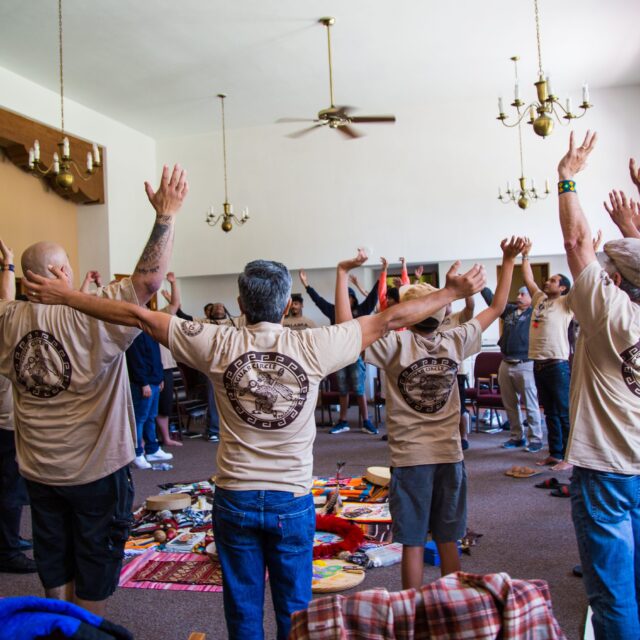
Meet the Latinx Leaders Bringing Community Violence Intervention Programs to Their Communities
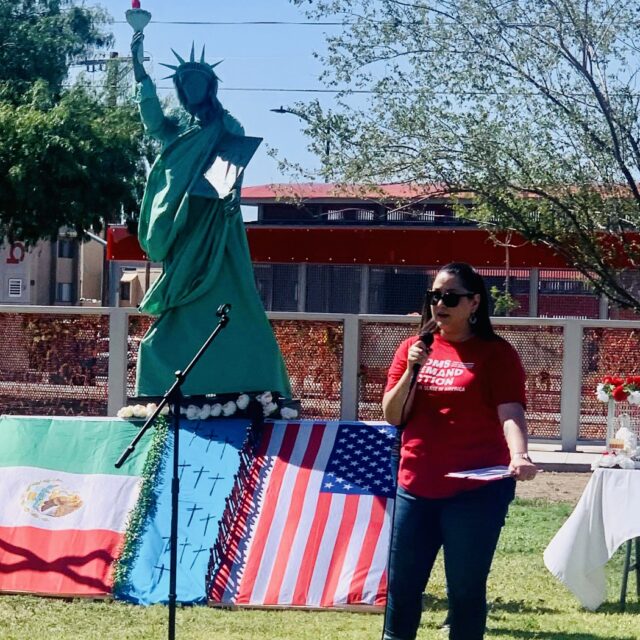
Empowering Latinx voices will help the gun violence prevention movement
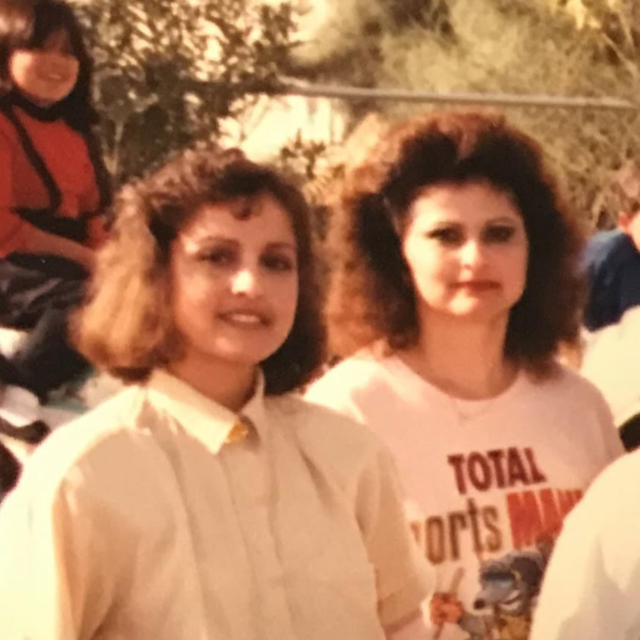
I have never been a victim of domestic violence, but I am a survivor of it.
Social Media
Show your support on social media using our graphics and sample posts
Downloadable Social Graphics
En Español
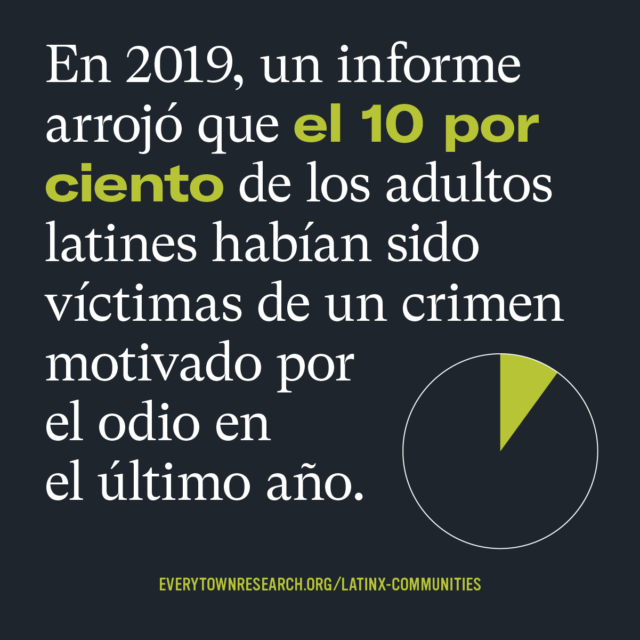
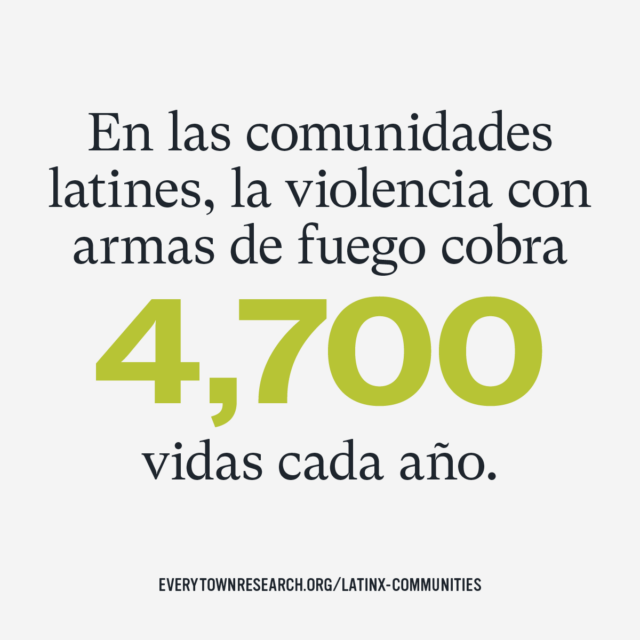
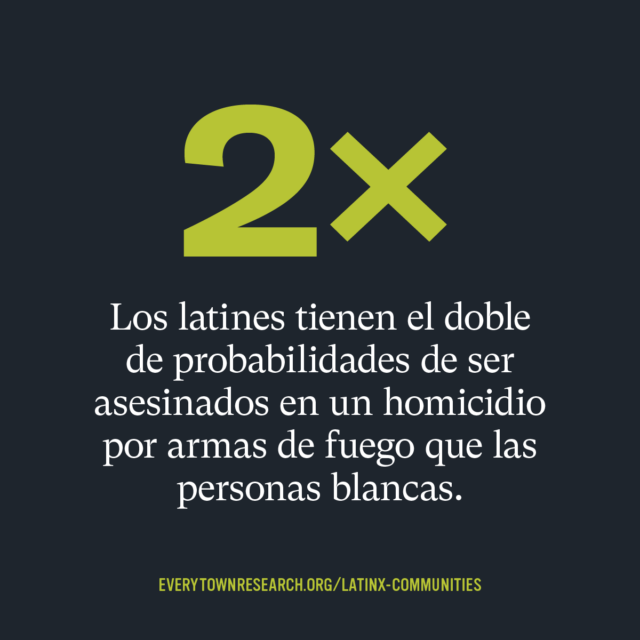

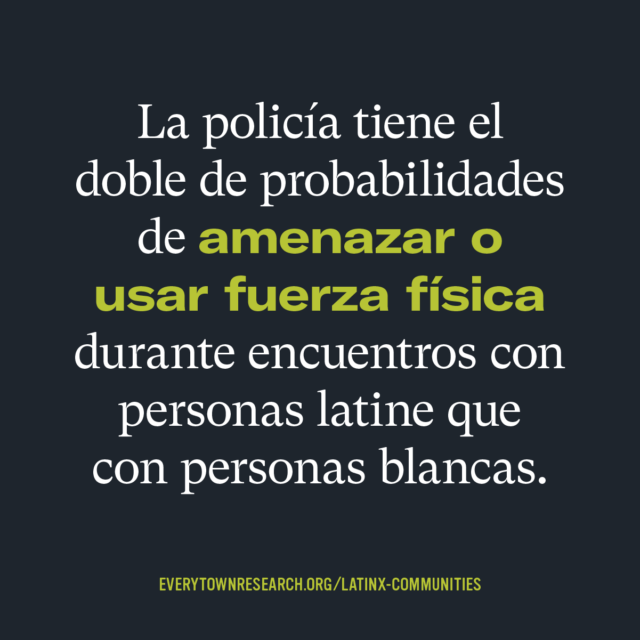
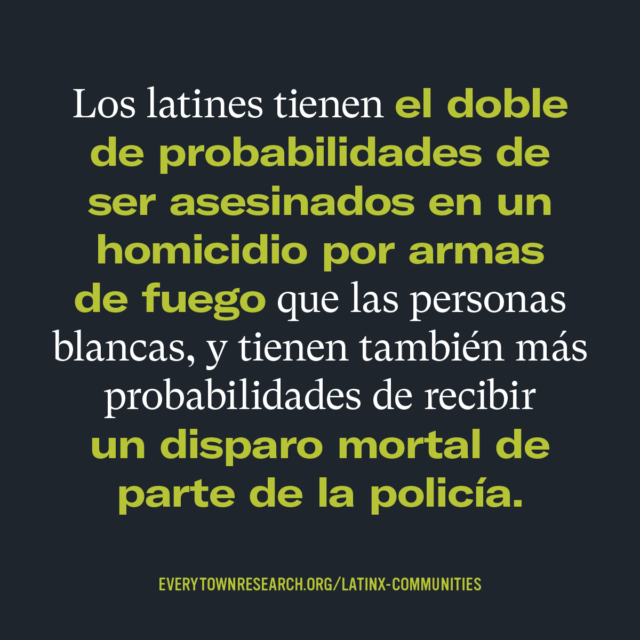
In English
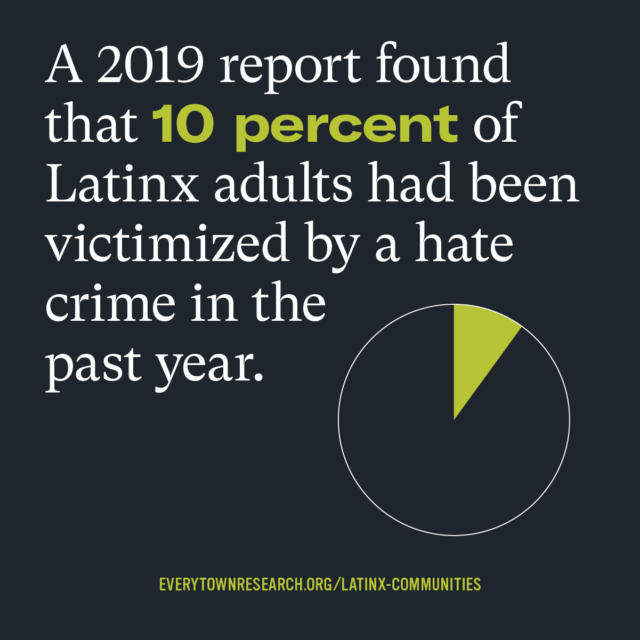
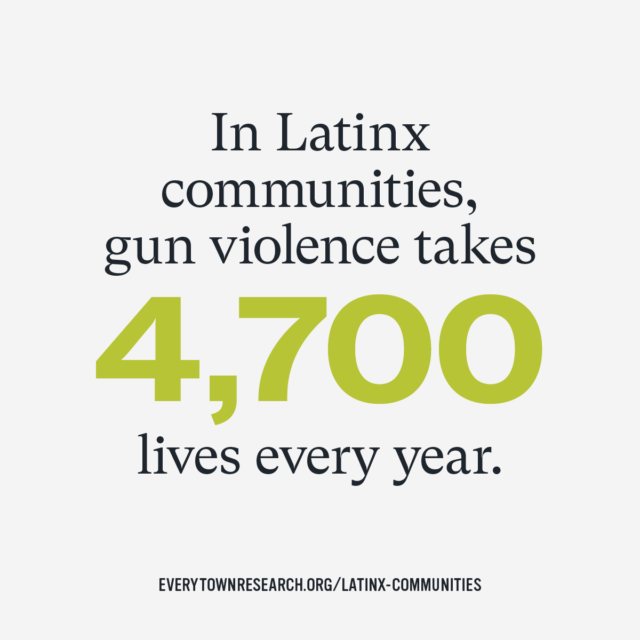

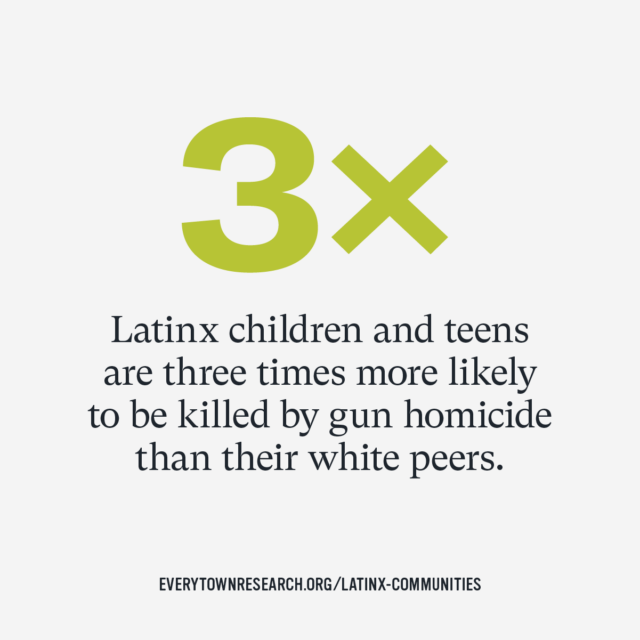
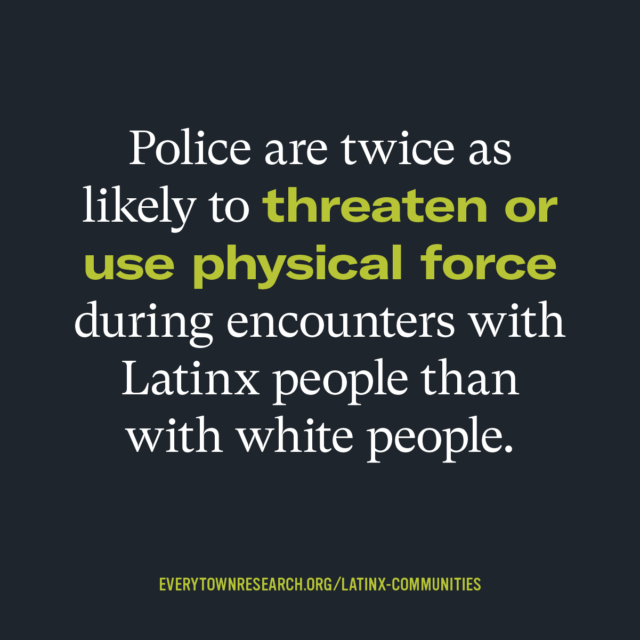
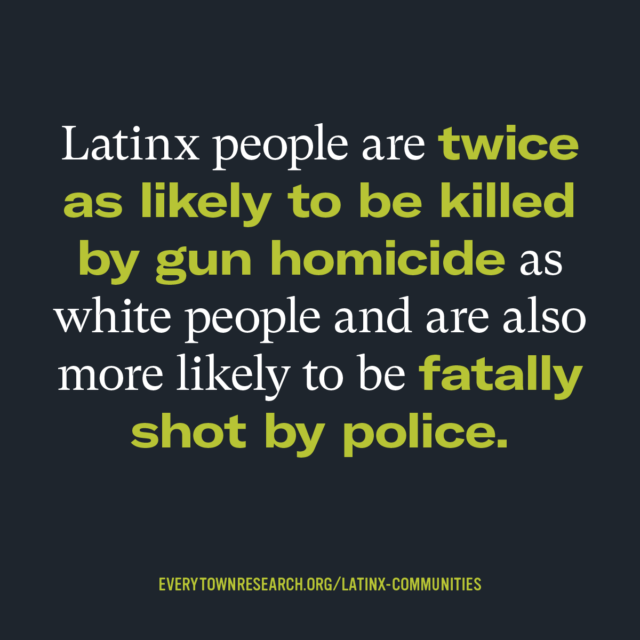
Resources
For Elected Officials
The National Hispanic Caucus of State Legislators (NHCSL) declares that our communities, our data scientists, our policymakers, and our law enforcement leaders need a fuller picture of gun violence and police use of force, especially deadly force, in order to mount a truly impactful response. Learn more about NHCSL’s recommendations.
For Survivors of Gun Violence
Survivors of a shooting incident are left to deal with its aftermath. If you are a survivor of gun violence, you may feel overwhelmed by grief, trauma, and any number of other problems that gun violence leaves in its wake. Read our guide to find the help you need.
En Español
-
Resumen de Trauma y violencia con armas de fuego en las comunidades latinas
-
Hacer preguntas sobre el almacenamiento seguro de armas de fuego
-
Descargar, bloquear y separar: prácticas de almacenamiento seguras para reducir la violencia con armas de fuego
-
Información y recursos sobre suicidios juveniles por armas de fuego
-
Cómo Hablar Con Sus Hijos Sobre Las Armas De Fuego
-
Be SMART: Una Conversación Sobre Los Niños, Las Armas de Fuego, y la Seguridad
Contact Us
Latinx Engagement
Latinx team contact form

